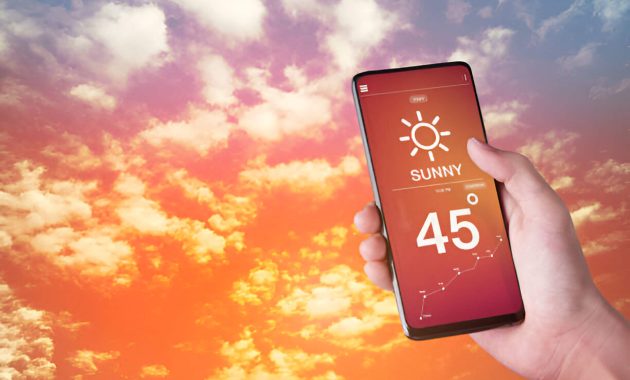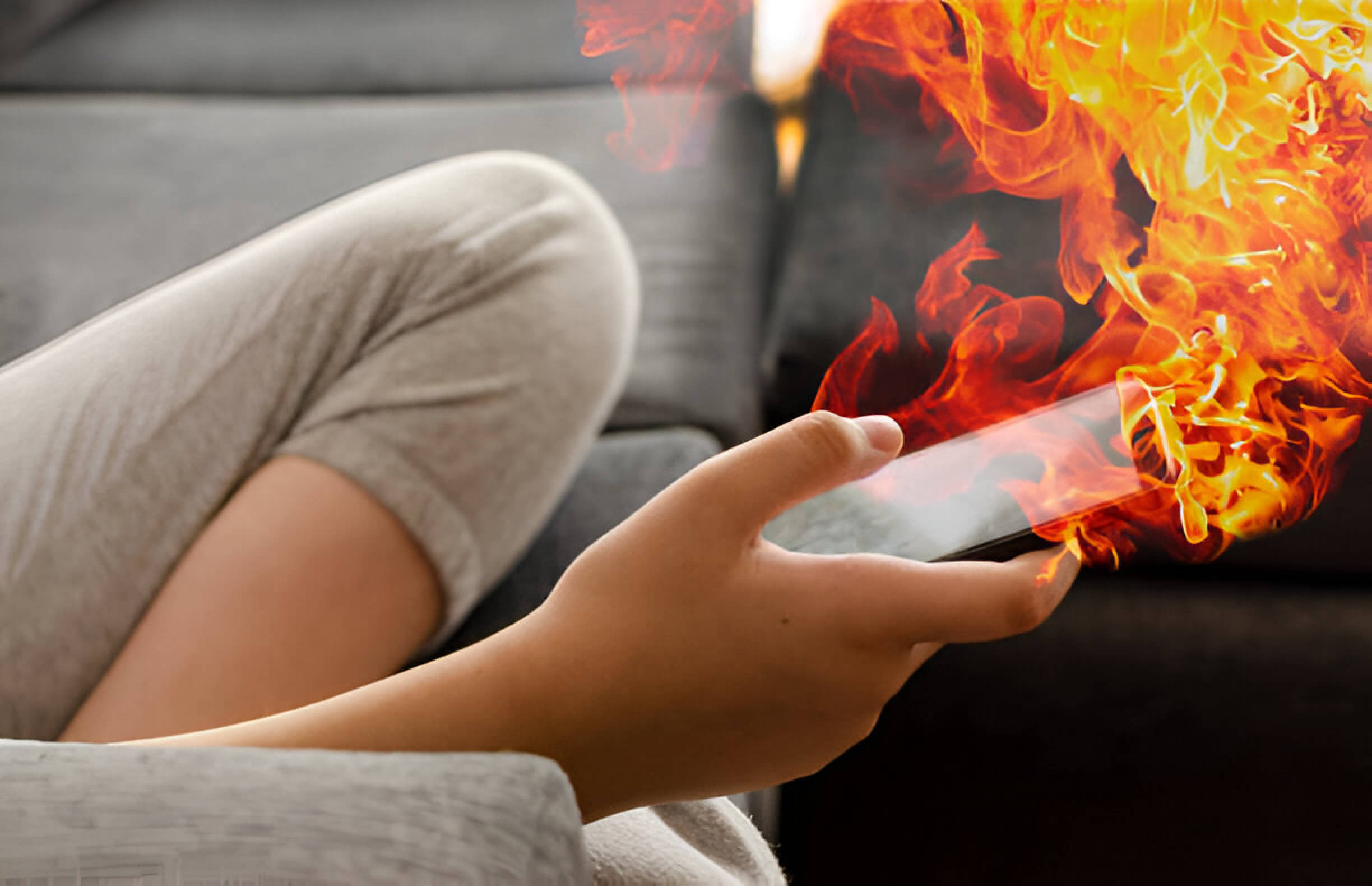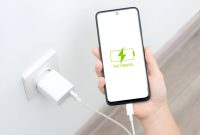Smartphones have become indispensable in our lives, but the issue of overheating can be a cause for concern. This common problem, often experienced as an uncomfortably warm device, can stem from various factors including intensive use, environmental conditions, and charging habits. Understanding the causes of phone overheating is essential for maintaining your device’s performance and longevity. Let’s explore why your smartphone might be heating up and what you can do to prevent potential damage.
Common Causes of Phone Overheating
Smartphone overheating is a common issue that many users face, and it can lead to various problems, including reduced performance and battery life. Several factors contribute to phone overheating:
- Processor overload: Running resource-intensive apps or games can cause the processor to work harder, generating excess heat.
- Background apps: Multiple apps running in the background can strain the system, leading to increased temperature.
- Software issues: Bugs or poorly optimized apps can cause the device to work harder than necessary, resulting in overheating.
- Environmental factors: Exposure to direct sunlight or high ambient temperatures can cause the phone to heat up quickly.
- Charging habits: Using the phone while charging or using incompatible chargers can lead to excessive heat generation.
- Battery problems: Aging or faulty batteries may cause the device to overheat during normal use.
- Malware: Malicious software can overwork the processor, leading to increased heat production.
By identifying and addressing these common causes, users can help maintain their smartphone’s optimal temperature and prevent battery drain and performance issues.
The Impact of Environmental Factors on Phone Temperature

Environmental factors play a significant role in determining a phone’s temperature, often leading to overheating issues that can impact performance and longevity. Direct sunlight is one of the primary culprits, as prolonged exposure can cause rapid heat buildup within the device. Similarly, leaving a phone in a hot car can create a greenhouse effect, trapping heat and potentially damaging internal components.
Ambient temperature also plays a crucial role, with phones more likely to overheat in warmer climates. In regions with high temperatures, phones may struggle to dissipate heat effectively, leading to thermal throttling and reduced performance. Climate effects extend beyond just air temperature, as humidity can affect a phone’s ability to cool itself through evaporation.
The materials used in phone construction can contribute to heat absorption, with metal bodies often conducting and retaining heat more readily than plastic ones. Dark-colored phones may also absorb more heat from sunlight compared to lighter-colored devices.
To mitigate these environmental impacts, users should be mindful of where they store and use their phones, avoiding prolonged exposure to extreme temperatures and direct sunlight. Additionally, using phone cases designed for heat dissipation can help manage temperature fluctuations caused by environmental factors.
How Intensive Usage Contributes to Phone Heating
Intensive usage of smartphones can significantly contribute to phone heating, particularly when engaging in resource-demanding activities. Gaming, for instance, requires substantial processing power, causing the device’s CPU and GPU to work harder and generate more heat. Similarly, video streaming consumes considerable energy, especially when watching high-resolution content for extended periods.
Multitasking, while convenient, can also lead to increased phone temperatures. Running multiple apps simultaneously puts a strain on the device’s resources, causing it to work harder and generate more heat. GPS navigation is another feature that can contribute to phone heating, as it constantly uses location services and often runs in conjunction with other apps.
Extensive camera use, particularly when recording high-quality videos or using advanced features like augmented reality, can also cause your phone to heat up. The camera sensor and image processing components require significant power, leading to increased heat generation.
To mitigate phone heating during intensive usage, it’s advisable to take breaks, close unnecessary background apps, and avoid using your device while it’s charging. Additionally, removing any protective cases during heavy use can help dissipate heat more effectively.
The Role of Charging in Phone Temperature Increase
The charging process plays a significant role in the temperature increase of your phone. Fast charging, while convenient, can generate more heat due to the higher electrical current flowing into the battery. Similarly, wireless charging tends to be less efficient, resulting in more energy dissipated as heat. It’s important to note that overcharging is rarely an issue with modern smartphones, as they have built-in safeguards to prevent this.
However, charging your phone while using it, especially for resource-intensive tasks like gaming or video streaming, can lead to increased heat generation. This is because the device is simultaneously charging and discharging, causing the battery to work harder. To maintain optimal battery health and minimize temperature increases, it’s advisable to avoid using your phone during charging when possible, especially in warm environments.
Remember, while occasional temperature increases during charging are normal, consistent overheating can negatively impact your battery’s longevity and overall phone performance. By being mindful of your charging habits, you can help ensure the longevity of your device and maintain its battery health.
Potential Dangers of an Overheating Phone
Overheating phones pose several risks that users should be aware of. Firstly, excessive heat can cause significant battery damage, reducing its capacity and lifespan. This can lead to frequent charging and decreased overall performance. Performance issues are another concern, as overheating can cause the processor to slow down, resulting in laggy apps and unresponsive touchscreens. Data loss is a potential consequence, especially if the phone shuts down unexpectedly due to high temperatures. In severe cases, prolonged overheating may lead to hardware failure, damaging internal components and rendering the device unusable. Perhaps most alarmingly, extremely hot phones can become a fire hazard, potentially causing burns or even starting fires. To mitigate these risks, users should avoid exposing their phones to direct sunlight, remove protective cases during charging, and close unnecessary background apps to reduce strain on the device.
Tips to Prevent Your Phone from Overheating
To prevent your phone from overheating, follow these simple yet effective tips. First, reduce your screen brightness, as higher brightness levels require more power and generate more heat. Next, close background apps that you’re not actively using, as they consume resources and contribute to overheating. Consider removing your phone case temporarily, especially in hot environments, to allow better heat dissipation. Avoid exposing your device to direct sunlight, particularly when it’s already warm. Lastly, keep your phone’s software up to date, as newer versions often include optimizations for better heat management. By implementing these strategies, you can significantly reduce the risk of your phone overheating and ensure its longevity.










